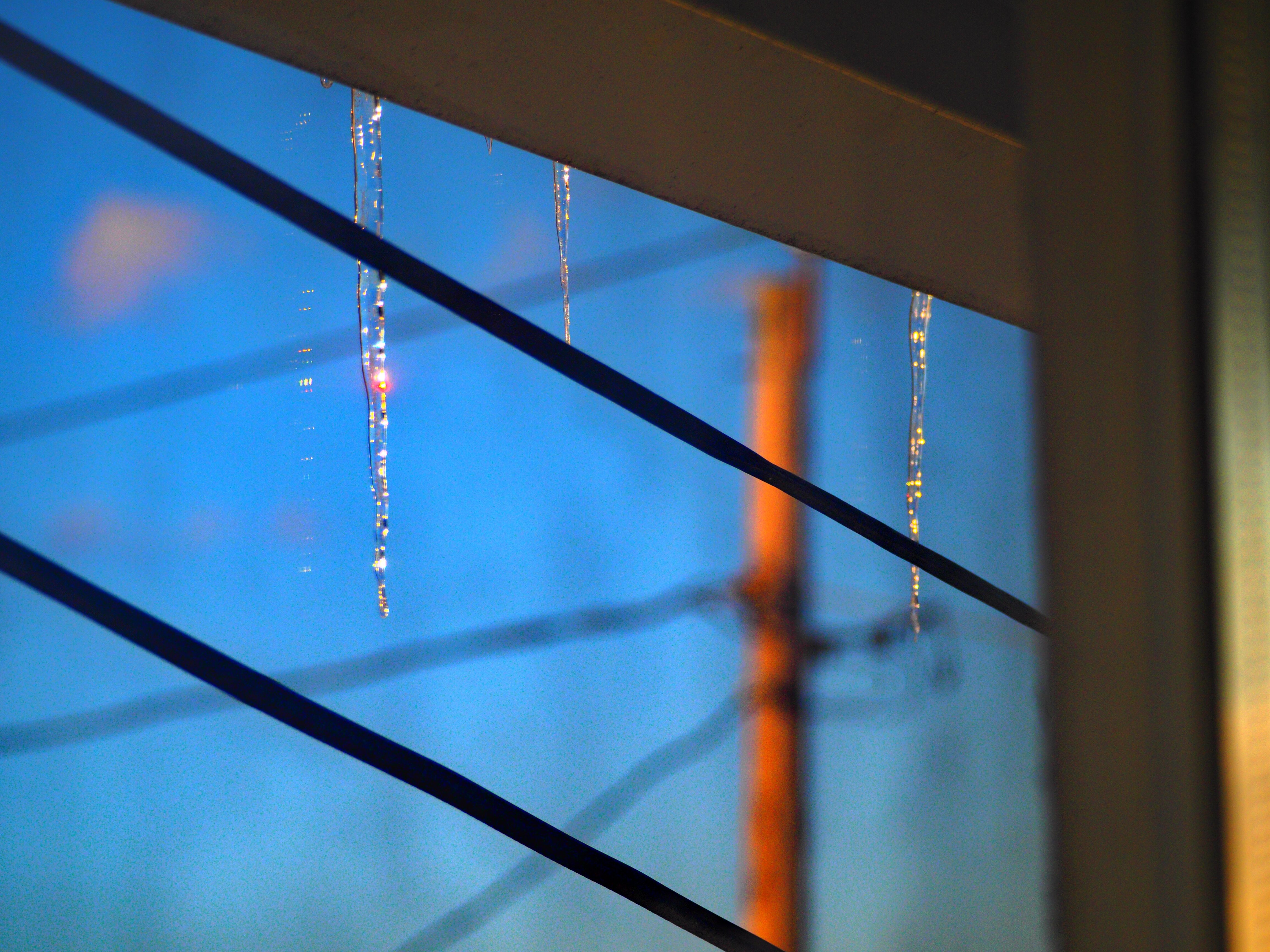-
Posts
44,789 -
Joined
Content Type
Profiles
Blogs
Forums
American Weather
Media Demo
Store
Gallery
Everything posted by LibertyBell
-
whats coming back? AO index seems to be all over the place
-
maybe chances of getting below zero even in the city, Walt?
-
no single digits at any of the city locations, Chris? How close did the park and two city airports get?
-
it's our normal weather pattern.....simplifying it think of it this way.....northwest and north winds, cold and dry....storms come from the west or southwest....counterclockwise flow brings in mild air from the ocean, so it almost always warms up before the storm comes, and then north to northwest winds behind the storm means the cold air comes back after the storm. Thats why cold to rain and back to cold is our most stable weather pattern. Nothing really fascinating about it-- it's how our weather is supposed to be.
-
2015-16 was just fine for us, got over 40 inches of snow
-
Yeah you really missed the one you should've been here for lol. The south shore always gets its biggest snowstorms in strong el ninos.....it's just how it is. Feb 1983, PD 2, Jan 2016...... need I say more?
-
We still had close to 50" of snow on the south shore here near JFK....I think it was less further east. All the ice storms made up for some lower snowfall totals. We had close to 85 inches in 1995-96....JFK low snowfall tally is highly suspect.
-
Because of that storm alone I'd pick 2014-15 as the better winter over 2013-14. That area where you live is near the snow capital of Long Island. Based on data from your site as well as local reports, maybe just east of there and closer to Mt Sinai?
-
I remember our local news talking about all the snow Boston had that year. Could you imagine if this forum was around back then lol. I didn't even have internet until 2000. So basically you could compare 1993-94 to 2014-15 but in an opposite way....in the first case we had borderline storms here and more snow north of us, in the second case we were plenty cold enough (January onwards), but the storms were stronger north and east of us. I'd actually rather have 2014-15 over 1993-94.
-
the ironic thing is if you go by the snowfall totals from 1973-74 it doesn't stand out, but going by local reports, it was pretty good compared to the era.
- 1,180 replies
-
so this post 1/20 idea actually has some legs
-
But that had no impact on our winter in terms of snowfall. It's like La Nina, that also drops global average temperature, but it doesn't mean anything in terms of added snowfall (or cold) for our region. It did make the 1992 cooler, but the effects didn't last long enough for the winter.
-
At this point, seeing the GFS OTS is the BEST news we could ever hope for.
-
Number geek that I am, I thought it was amusing that the low was 0 F and the high was 0 C lol. That might be the first time we've ever had that happen here.
-
Yea, that it probably did do, Summer 1992 was exceptionally cold and rainy. I wonder if volcanoes like this have much more of an effect on summer than they do on winter.
-
This is much more typical because we have an ocean to our east. Do you remember 1993-94? Before we had those February snows, we had a storm in late January that came the night after a morning low of 0 (the second zero or subzero arctic outbreak that month, which is exceptional). Anyway by midnight the temp was already 32.....so we had a high of 32 after a low of 0 that morning lol. Then we got blasted by a SE gale and temps reached 55 the next day..... so we went from 0 to 32 in 18 hours and from 0 to 55 in 30 hours lol. It's just how this region is, you really need to thread the needle to get a snowstorm here, regardless of how cold it is before the storm.
-
Krakatoa was a big eruption but if you want a large climate displacement you want something on the scale of Tambora.
-
Jan 1994 had 2" of ice. How long was the 12/73 event? over 24 hours of all freezing rain?
- 1,180 replies
-
why dont we have an arctic high pressing down from the north.....when you need one it's never around lol
- 1,180 replies
-
- 1
-

-
Volcanoes arent the slam dunk cooling that people think they are....you need something exceptional like Tambora. Pinatubo didn't improve our winters at all, so I dont get the fascination with that middling eruption.
-
I was actually alive when Pinatubo erupted and our winters were shit after that.
-
and Pinatubo was nothing compared to Tambora
-
also Pinatubo didn't do much for our winters, unless you think 1993-94 was influenced by Pinatubo (which I doubt....otherwise why was summer 1993 so hot?) If you want a cold winter, Pinatubo wouldnt be strong enough.....you need something on the scale of Tambora.
-
It's in the Southern Hemisphere isn't it? Much less effects for us




